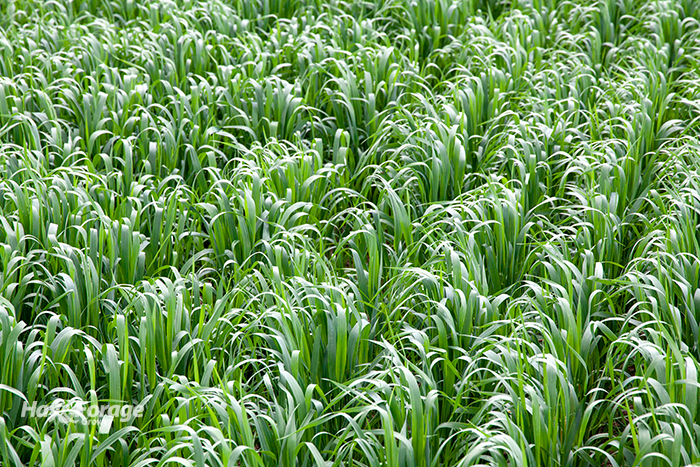
August marks a significant demarcation date for forage producers. With only a month of what we typically consider summer left, the start of the cooler fall season becomes reality with a one-page flip of the calendar.
While fall brings last rites for full-season annual crops like corn and soybeans, forage producers through the years have learned to capitalize on late-season cool temperatures to create what is essentially a whole new productive growing season. For many, that new growing season begins sometime in August.
The 2024 growing season to date has brought some regions excessive rains while others have been mired in drought. Whether you need more forage or just better-quality forage, August brings with it both of these opportunities.
Let’s take a look at three things that you might want to do or give serious thought to this week. For those in the Southern latitudes, you can probably insert September where August appears.
Seed annual forages
The fall growing season is ideal for the growth of annual cereal forages such as oats. The cool temperatures provide an environment where forage quality is generally not just good but exceptional for all classes of livestock. There is really no type of farm or ranch that can’t make use of annual forage crops planted during late summer.
The harvest options for fall oats are wide open; they can be grazed into early or mid-winter, chopped for oatlage, or made into baleage. Fall forage oats have gained widespread popularity in recent years, being adaptable to virtually all U.S. regions with minimal crop input costs. In the North, oat planting needs to happen during early August for maximum yield potential. Planting dates move progressively later as the seed truck moves south.
Need more alfalfa?
Where monsoon-like rains pelted fields earlier this summer, many spring-seeded alfalfa stands failed to establish. August offers a second chance for seeding alfalfa and other cool-season perennials, assuming adequate moisture is currently available. Time seedings based on the weather forecast — a bad forecast for cutting hay is a good forecast for making late-summer seedings. In many U.S. regions, seeding in the late summer or early fall is the primary method to establish alfalfa.
Late-summer seedings rarely have issues with seedling diseases because of the drier and warmer conditions. There are also other advantages, including fewer potential weed and insect issues. The near equivalent of an established-stand yield is usually realized in the year following a late-summer seeding.
Seeding dates will depend on location, but a general rule of thumb is six to nine weeks before the first killing frost. Five weeks is usually the point where you’ll want to keep the seed in the bag.
As a general rule, recommended seeding and soil fertility practices for spring seedings apply to late-summer seedings. It is worth mentioning that a firm seedbed to optimize seed-to-soil contact is especially important with late-summer seedings. No-till establishment is also a viable option as long as perennial weeds are controlled first or a glyphosate-tolerant variety is seeded.
Let it pile up
For livestock graziers, a cheap and easy August practice is to stockpile a portion of existing perennial pastures to extend the grazing season and limit the amount of winter-stored forage needed. As with annual forages, the cool, late-season temperatures make it possible to accumulate high-quality forage even after an extended period of growth through the fall and early winter.
Now is the time to determine what to stockpile, when to start, how many acres, and to get some nitrogen fertilizer on order.
Stockpiling strategies can be implemented from North to South, though timing and grazing duration will vary. Tall fescue is often cited as the premier grass for stockpiling; farther south, bermudagrass can also be stockpiled successfully.
To prepare pastures for stockpiling, graze or cut pastures to about a 4-inch stubble and apply nitrogen fertilizer. To get the most from stockpiled forage later this fall and early winter, either rotationally graze paddocks, or better yet, frontal graze by allocating a strip of stockpiled forage every one to three days. This method will double the carrying capacity of stockpiled pastures and maximize forage utilization.
Don’t let this second forage-producing season go to waste. There is ample opportunity to boost feed inventories either by producing additional forage and/or higher quality forage. Cool, sunny weather in late summer and fall is ideal for producing some of the highest quality forage of the year.

